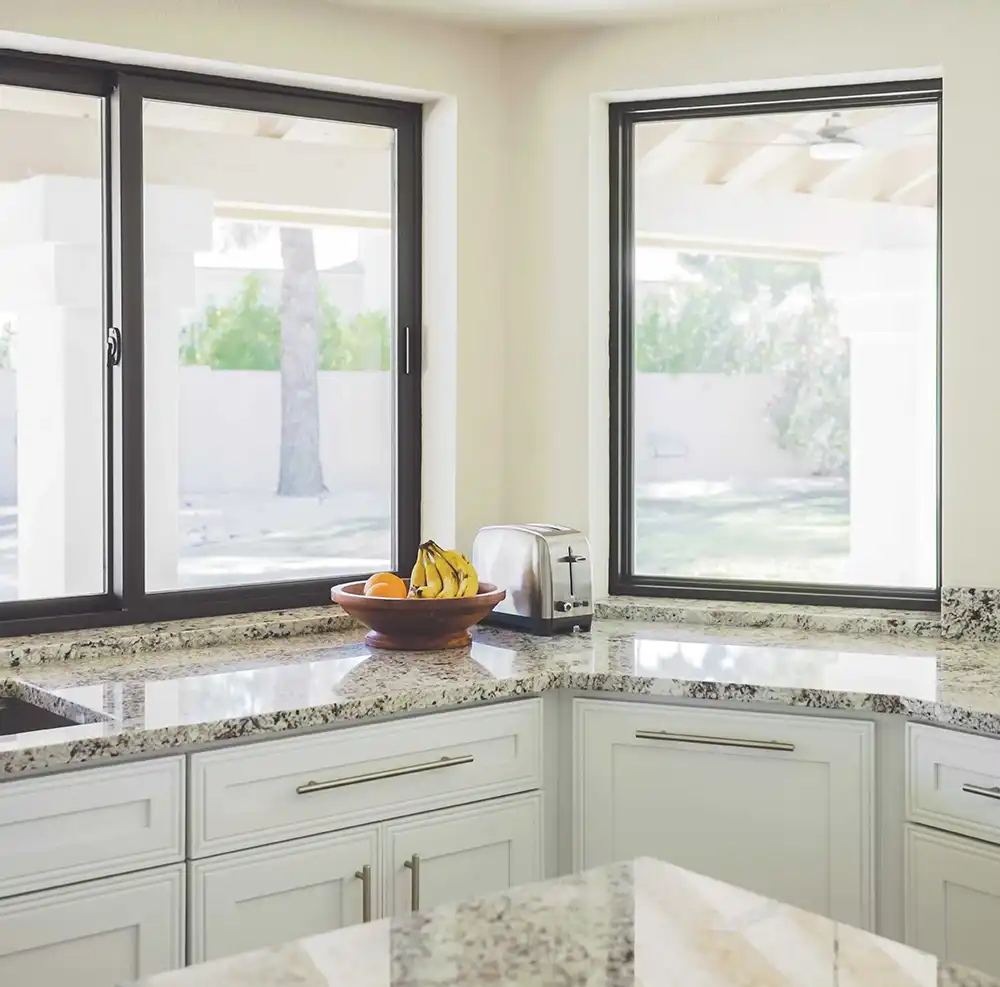How to Know When to Replace Your Windows
Determining when it’s time to replace your windows can depend on the specific issue you’re experiencing. If you have a broken window or damaged frame, you’ll likely want to take immediate action. If you’re looking to refresh your home you might take a little more time to decide.
What to Consider When Choosing Windows
Learning more about different window frame materials, window types, window glass options, and window replacement costs can help you focus your search.
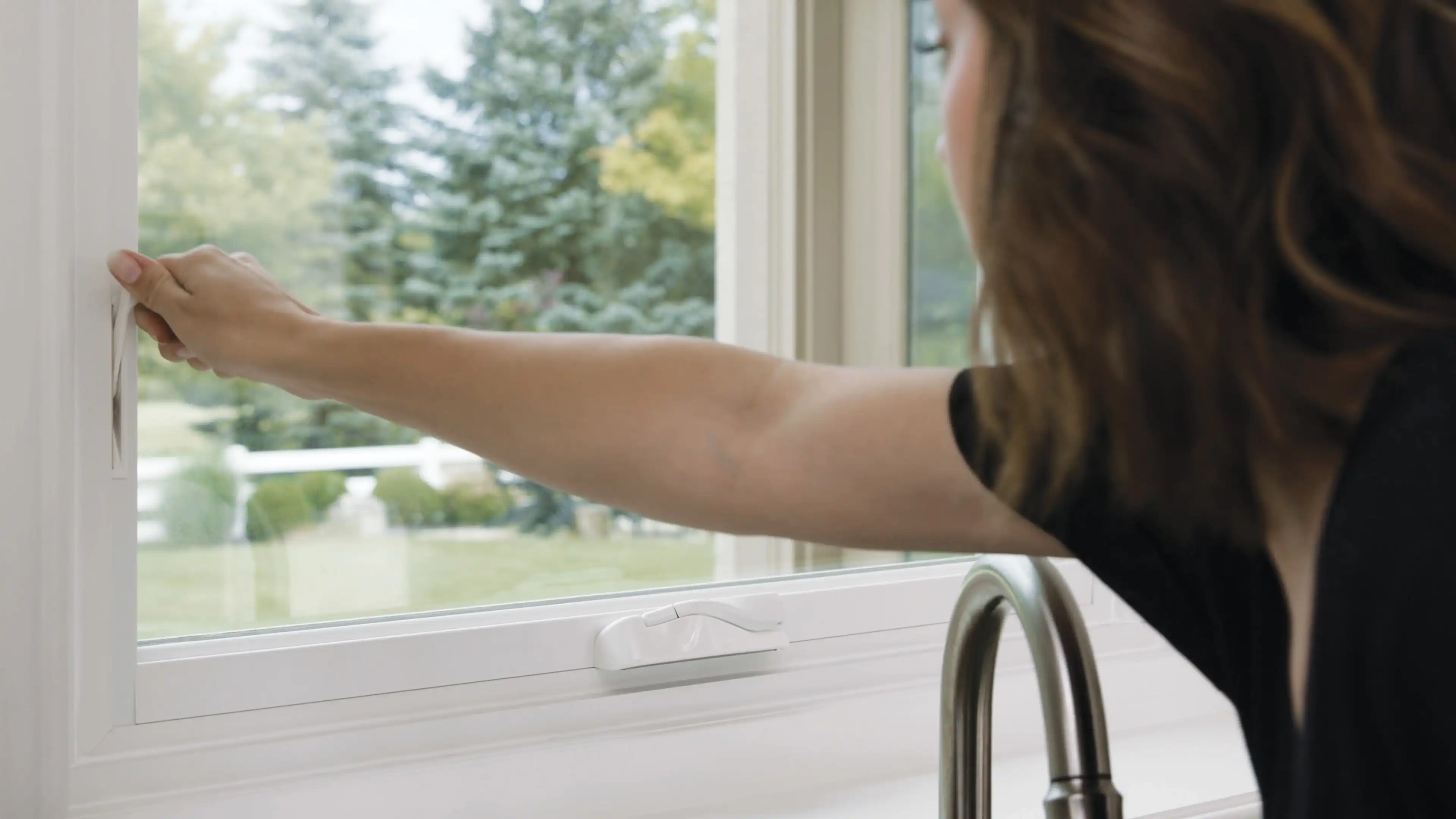
Window Frame Materials
Common window frame materials include: wood, vinyl, aluminum, and fiberglass. You might favor one material over another for aesthetics. You might also like one material more because of its durability. Marvin Replacement Ultrex fiberglass provides the best of both worlds with its strength, beauty, and low maintenance.
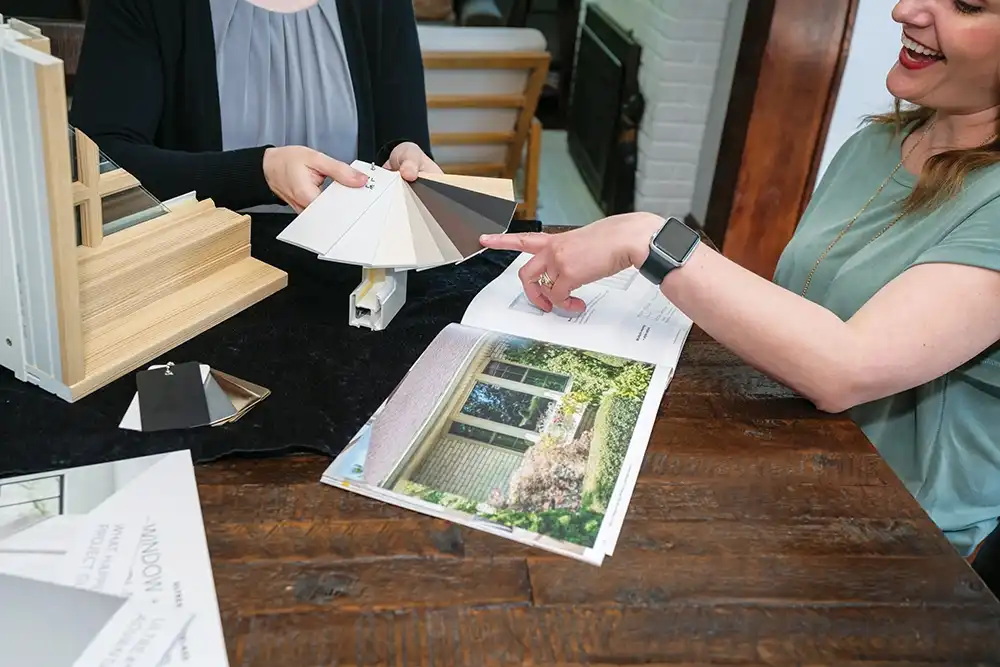
Window Types
View our replacement windows to find the right look and operation style for your home. Marvin Replacement will custom build windows to your needs.
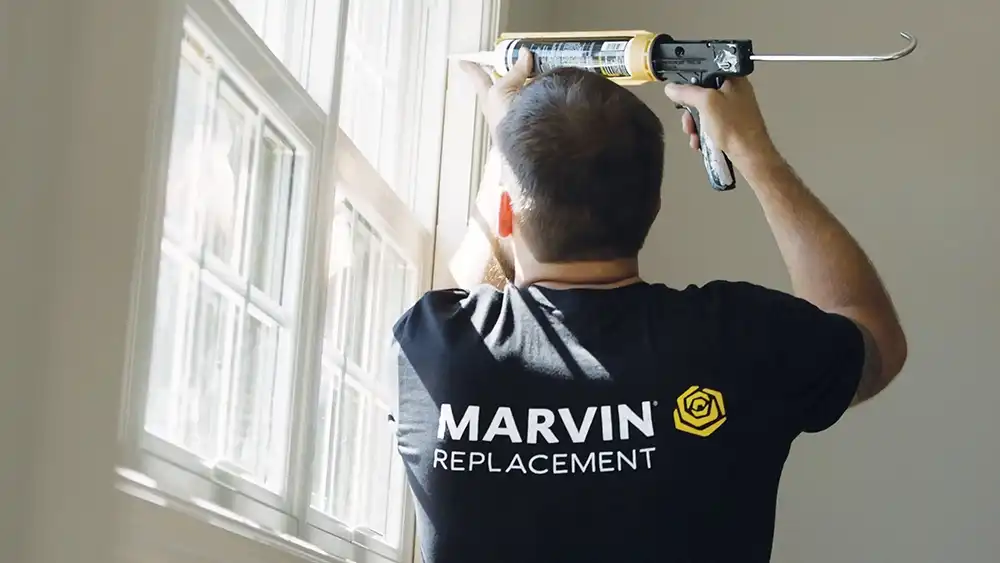
Window Glass Options
The type of glass you choose for windows can help with the energy efficiency of your home. Learn more about glass types to find what will work best in your climate. Certain options work best for snowy climates, like Boston. Other options work best for sunny locations, like Charlotte. Some options provide year-round efficiency for places like Philadelphia.
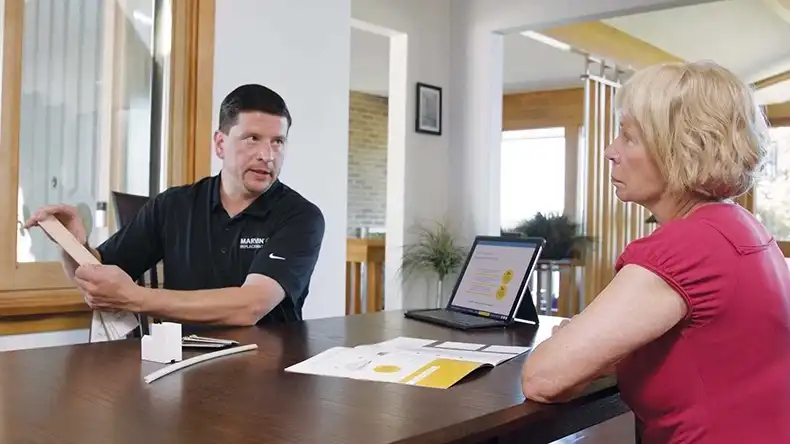
Window Replacement Cost
Window replacement costs vary based on the size of your project and the options you choose. The best way to think about the cost of replacement windows is to set a budget. A budget can help you narrow your search for a window replacement company. It also helps window companies work to provide what you want within those parameters.
Things to Know About Replacing Windows
As you start to seriously consider replacing windows, you’ll have more questions come up. A Marvin Replacement design consultant can answer all your questions, but here are some helpful tips on frequently asked questions.
Should I replace my windows all at once?
Some homeowners prefer tackling their entire window replacement at once. If your home has a lot of windows or budget is a factor, you may want to consider approaching your project in phases over a few years. It really comes down to personal preference.
How do you measure for new replacement windows?
Knowing how to measure for new replacement windows can help you as you begin gathering quotes. Measuring windows means recording the width, height, and depth. A Marvin Replacement team member will measure your windows for accuracy. Our team will verify each measurement before sending your order to our factory.
When’s the best time to buy replacement windows?
The best time to buy replacement windows is when you’re ready. Window installers experience busier times during the spring and summer in some parts of the country. But installers can also have more work during winter months in warmer climates.
How to prepare for window replacement?
The best thing to do to prepare for window replacement is to move furniture, drapes, and other items away from your windows. You should also remove pictures, fixtures, and air conditioners near the windows. Plan to keep pets and small children away from installation areas. You can do other things, like telling your neighbors about installation day and disabling any alarms.
Think it’s Time to Replace Your Windows?
Whatever your reason is for wanting new windows, Marvin Replacement can help. Explore our range of window options and combinations now. When you’re ready, schedule a free design consultation with one of our experts. They can guide you through all the possibilities for your window replacement project.
